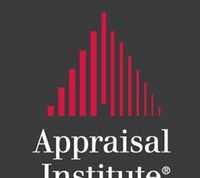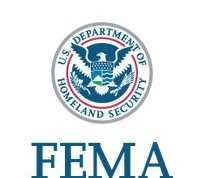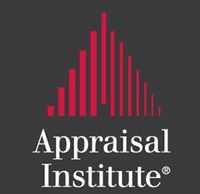Institute White Paper Spotlights Incentives as the Way to Achieve Resilience
Promotes Stakeholder Buy-in for Economic-Based Strategies
WASHINGTON, D.C. – October 30, 2015 – (RealEstateRama) — The National Institute of Building Sciences, through its Multihazard Mitigation Council (MMC) and Council on Finance, Insurance and Real Estate (CFIRE), has released a new white paper to promote the use of private and public incentives to achieve resilience in U.S. communities.
Resilience has come to occupy a place in public policy and programs across the United States. Yet, even in the face of growing losses, the nation’s capacity and appetite is waning for continued funding of federal and state disaster mitigation efforts. This lack of support will likely result in an increased need for funding response and recovery efforts following disasters in the future.
In 2014, the MMC and CFIRE assembled a multi-sector team of experts to look at private/public-sector opportunities to induce corrective action, known as “incentivization.” The team examined the concept of incentivization, strategies for its implementation and important actions to set this approach in motion.
In the white paper, Developing Pre-Disaster Resilience Based on Public and Private Incentivization, the MMC/CFIRE team offers a new approach—one focused on capturing all of the potential incentives provided by the public and private sectors for pre- and post-hazard investment. The team concludes that the most cost-effective manner to achieve resilience is through a holistic and integrated set of public, private and hybrid programs based on capturing opportunities available through mortgages and loans; insurance; finance; tax incentives and credits; grants; regulations; and enhanced building codes and their application.
The current methods to incentivize investment in resilience strategies rely on three primary mechanisms: federal grant programs (with some support from private foundations); insurance premium discounts for implementing measures to reduce vulnerability; and the political will of communities, either in the wake of a disaster or before an event occurs, through the foresight of community champions. While these approaches have provided a level of resilience, they have taken the nation only so far.
This new approach calls for input, consensus, leadership and action from a broad spectrum of stakeholders— financial institutions, insurance companies, foundations, federal and state governments, business, utilities and home-owners—that represent the entire U.S. incentivizing community and the regulatory and economic processes that need to be developed and coordinated to make incentivization part of the nation’s economic fabric.
The white paper identifies a number of possible strategies that stakeholders can use, as the next step, to begin developing the public-private incentives to support resilience. With these approaches, the MMC/CFIRE team hopes that in time, promoting and implementing resilience will become part of common business practices, and integral to maintaining and enhancing the nation’s economy.
Download Developing Pre-Disaster Resilience Based on Public and Private Incentivization.













